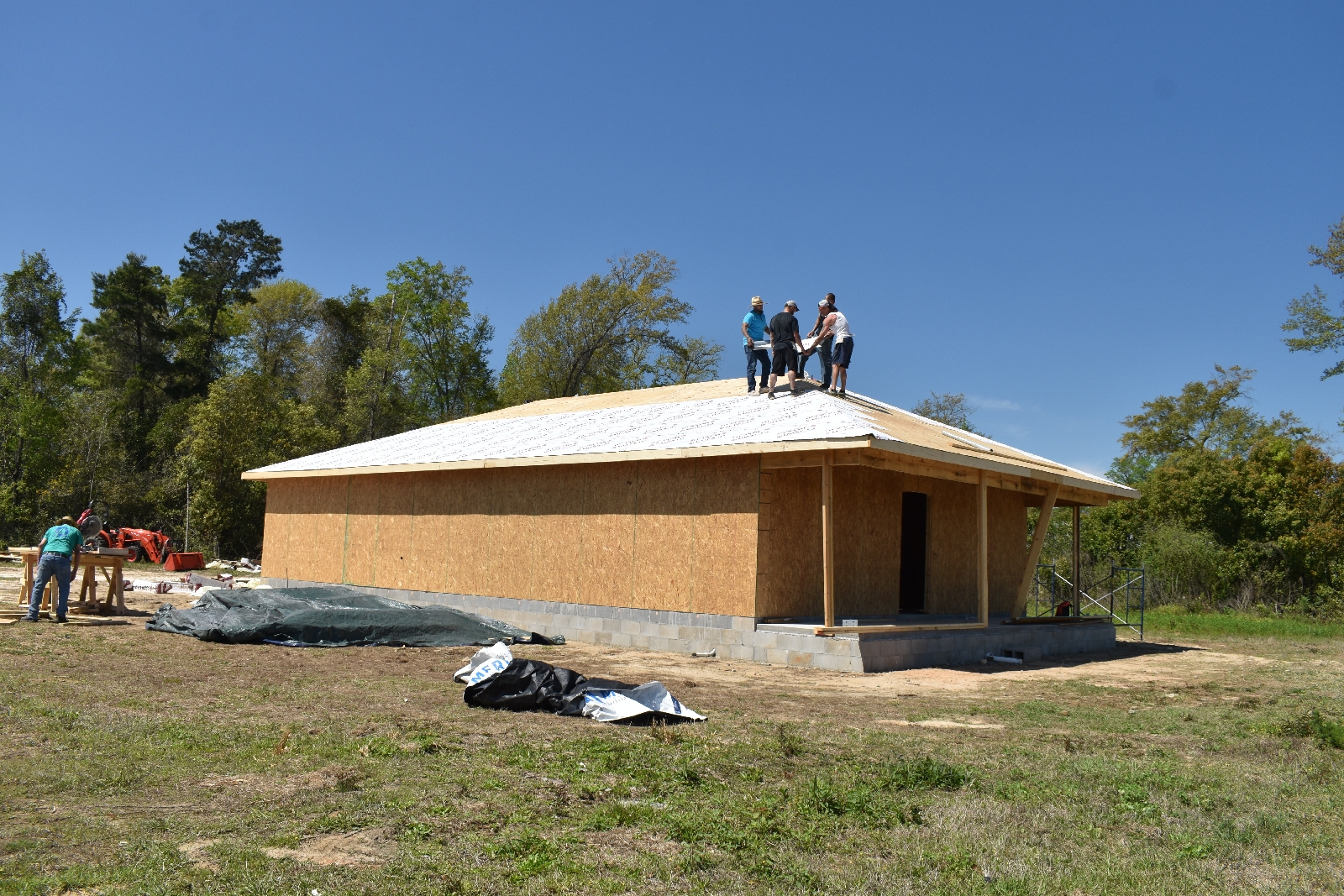Canyon de Chelly National Monument
Next up on our extended road trip was Canyon de Chelly National Monument. Canyon de Chelly is on Navajo land but the Monument, with its visitor's center run by the federal government, is located on the rim. Visitor's are not allowed into the canyon without a Navajo guide. Several sites can be seen from the rim. It is very picturesque with red canyon walls, cliff dwellings, greenery and trees along the river which were turning shades of yellow and gold in the autumn sun when we were there. But you know me, I like to get in the thick of it all, so, of course, Martin had arranged for a guide.
We were in a jeep with another couple and Adam, as our guide. I'll be the first to admit that while I'm horrified by what we, as eurocentric “discoverers” and settlers, did to the indigenous peoples of this land, and I have tried to be sensitive and educate myself around these issues, I have had very little personal contact, (that I'm aware of), with indigenous peoples. I will also add that I have tried to consider this trip, these travels, an opportunity to learn about the “others”, people with different histories, backgrounds and cultures who also live in our country.
That being said, this tour and our guide were not exactly what I was expecting. Given that history is written by those who tell it, usually the victor, and also being used to the carefully curated texts that accompany controversial issues illustrating both sides of an issue, I was surprised at the level of resentment, disdain and bias toward the government, the NPS and other indigenous tribes that our guide shared with us. However, I tried to keep an open mind, to listen to what he had to say, to see the history of the area through his eyes, understand the culture he was protecting and appreciate that he was sharing his land, culture and history with us.
It was a three hour tour and once I was used to the political spin and slant, I found it to be a very informative and interesting time.
On to pics!
Down in the canyon
The “road” is sometimes in the wash, sometimes beside it and sometimes it heads away from the wash.
Most of the trees are along the wash it was mid October and we were just starting to see some nice color in the canyon.
Pictographs (painted on)
Adam, our guide, explained what many of the symbols meant to the Navajo. These particular pictographs were at a burial site.
These are petroglyphs (tapped or etched into the surface)
This was a hunting area.
Some shots of a cliff dwelling.
One of the controversies revolved around the cliff dwellings. It is often suggested, believed, hypothesized that the cliff dwellings were built and occupied by the Ancient Puebloan Peoples and that the Navajo migrated from the north to the southwest into these lands after they had been left by the Ancient Puebloans. Adam disputed that saying Navajo had been in the canyon since the beginning of time.
Pictographs near Antelope House This dwelling was close to the land of Adam's family.
We stopped at the family land on the tour. Adam's nephew played a tune on the flute, Adam played the drum and sang and we had fresh Navajo fry bread. It was yummy. His nephew and the family Hogan are in the background in the first pic.
Adam again with Antelope House in the background.
At one point we saw this wee colt just loose, grazing in the canyon.
But although mom was feeling a bit shy, she was keeping an eye on her. ❤️
Another Cliff Dwelling
The White House, made famous by a black and white photo by Ansel Adams.
looking down into the canyon
Spider Rock
A handful of families live in the canyon during the summer. This is one of the homesteads.
Longshot from the rim …
and zoomed in
And another. This family has a Hogan, a traditional family dwelling.
Here is an example of what the inside of a Hogan might look like.
Next stop: Chaco Culture National Historic Park



Comments
Post a Comment